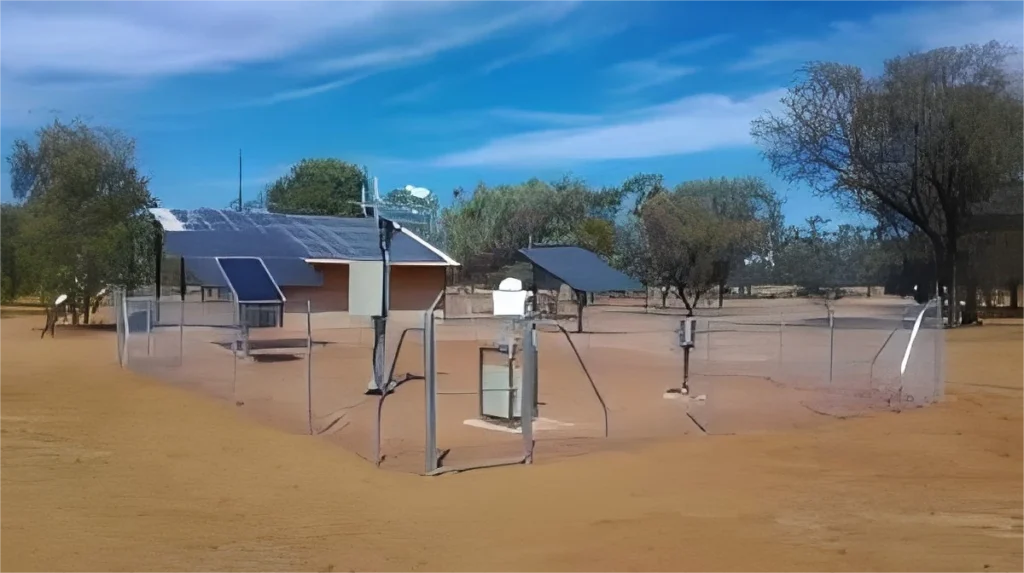
# The Disadvantages of Automatic Weather Stations
## Introduction
Automatic weather stations (AWS) have revolutionized meteorological data collection, providing continuous and precise measurements in various locations. However, despite their advantages, these systems also come with several drawbacks that can impact their effectiveness and reliability.
## High Initial Costs
One of the primary disadvantages of automatic weather stations is their high initial cost. Setting up an AWS requires significant investment in:
– Sophisticated sensors
– Data loggers
– Communication systems
– Installation infrastructure
For many organizations, especially in developing countries, these costs can be prohibitive, limiting the widespread adoption of AWS technology.
## Maintenance Challenges
Automatic weather stations require regular maintenance to ensure accurate data collection. Common maintenance issues include:
– Sensor calibration drift
– Power supply failures (especially in solar-powered units)
– Communication system outages
– Physical damage from environmental factors
In remote locations, maintenance becomes particularly challenging, often requiring specialized technicians to travel long distances for repairs.
## Data Quality Concerns
While AWS provide continuous data, several factors can affect data quality:
– Sensor malfunctions may go undetected
– Environmental conditions can interfere with measurements
– Lack of human oversight may miss obvious errors
– Power outages can create data gaps
These issues can compromise the reliability of weather data, especially for critical applications like aviation or disaster prediction.
## Limited Measurement Capabilities
Automatic weather stations have certain limitations in what they can measure:
– Difficulty in observing certain phenomena (e.g., cloud types)
– Limited ability to measure snowfall accurately
– Challenges in detecting icing conditions
– Inability to provide qualitative observations (e.g., visibility estimates)
These limitations mean that AWS cannot fully replace human weather observers in all situations.
## Vulnerability to Environmental Factors
AWS are exposed to harsh weather conditions that can affect their performance:
– Extreme temperatures can damage components
– Heavy precipitation can interfere with sensors
– High winds may cause structural damage
– Lightning strikes can destroy electronic components
Such vulnerabilities can lead to unexpected failures and data loss.
## Conclusion
While automatic weather stations offer numerous benefits for meteorological data collection, their disadvantages – including high costs, maintenance requirements, data quality issues, measurement limitations, and environmental vulnerabilities – must be carefully considered. A balanced approach that combines AWS with traditional observation methods often provides the most reliable weather monitoring solution.